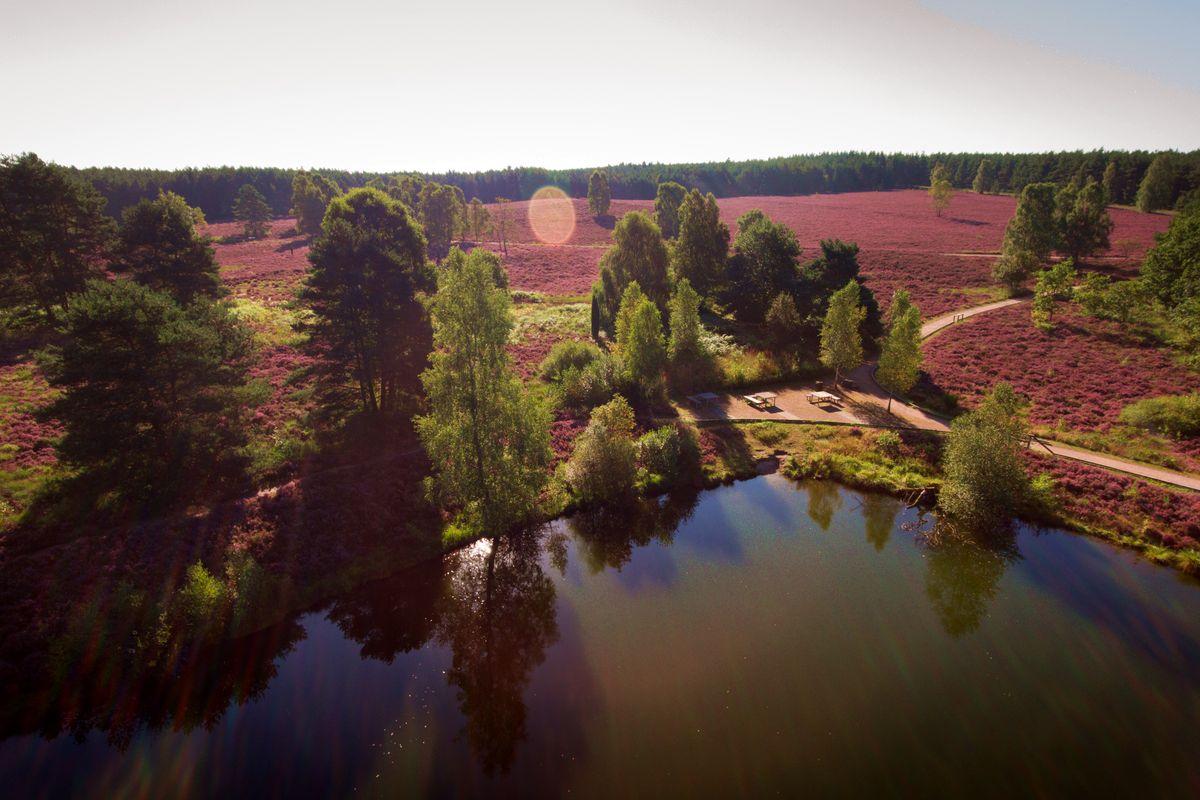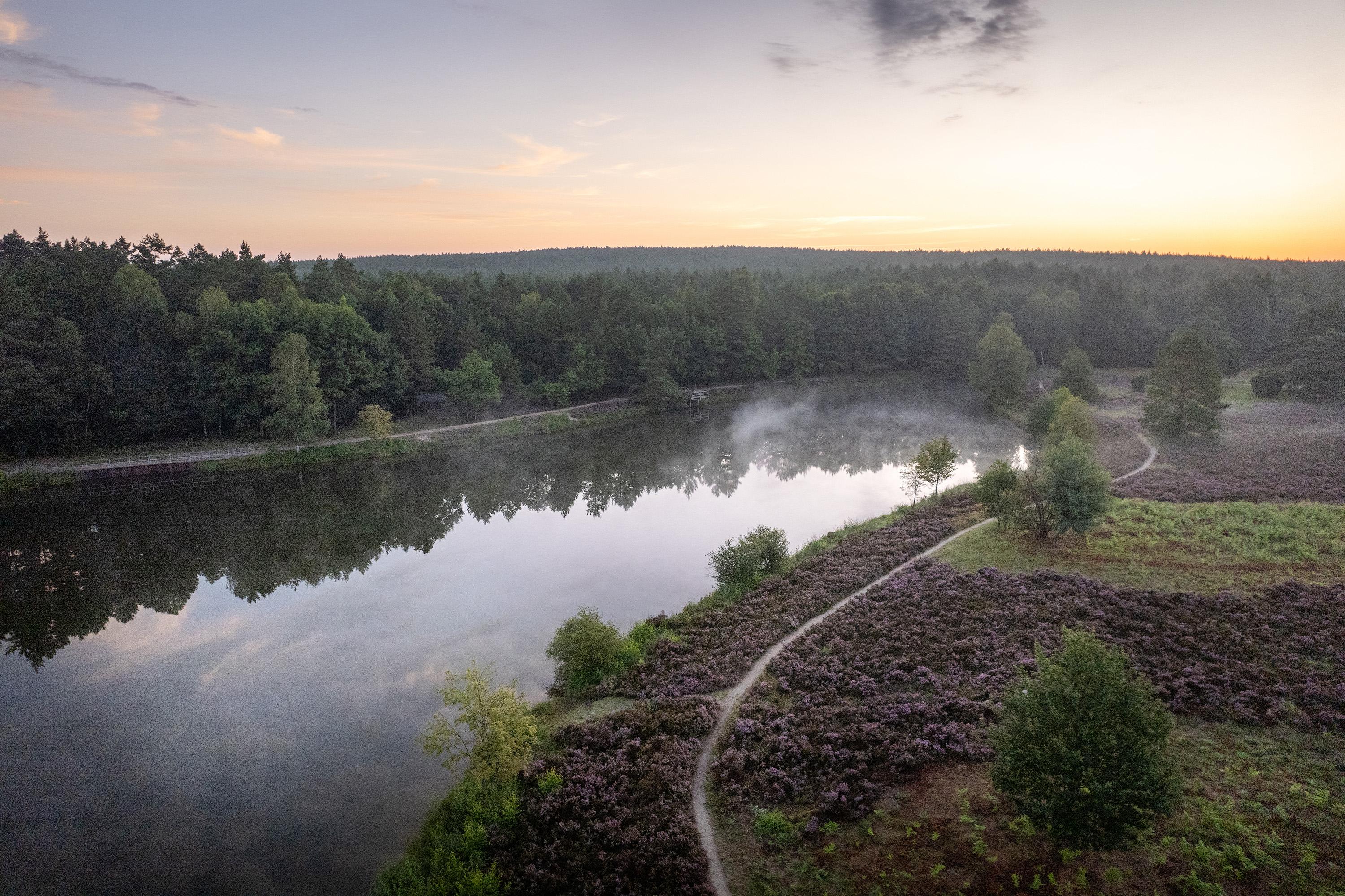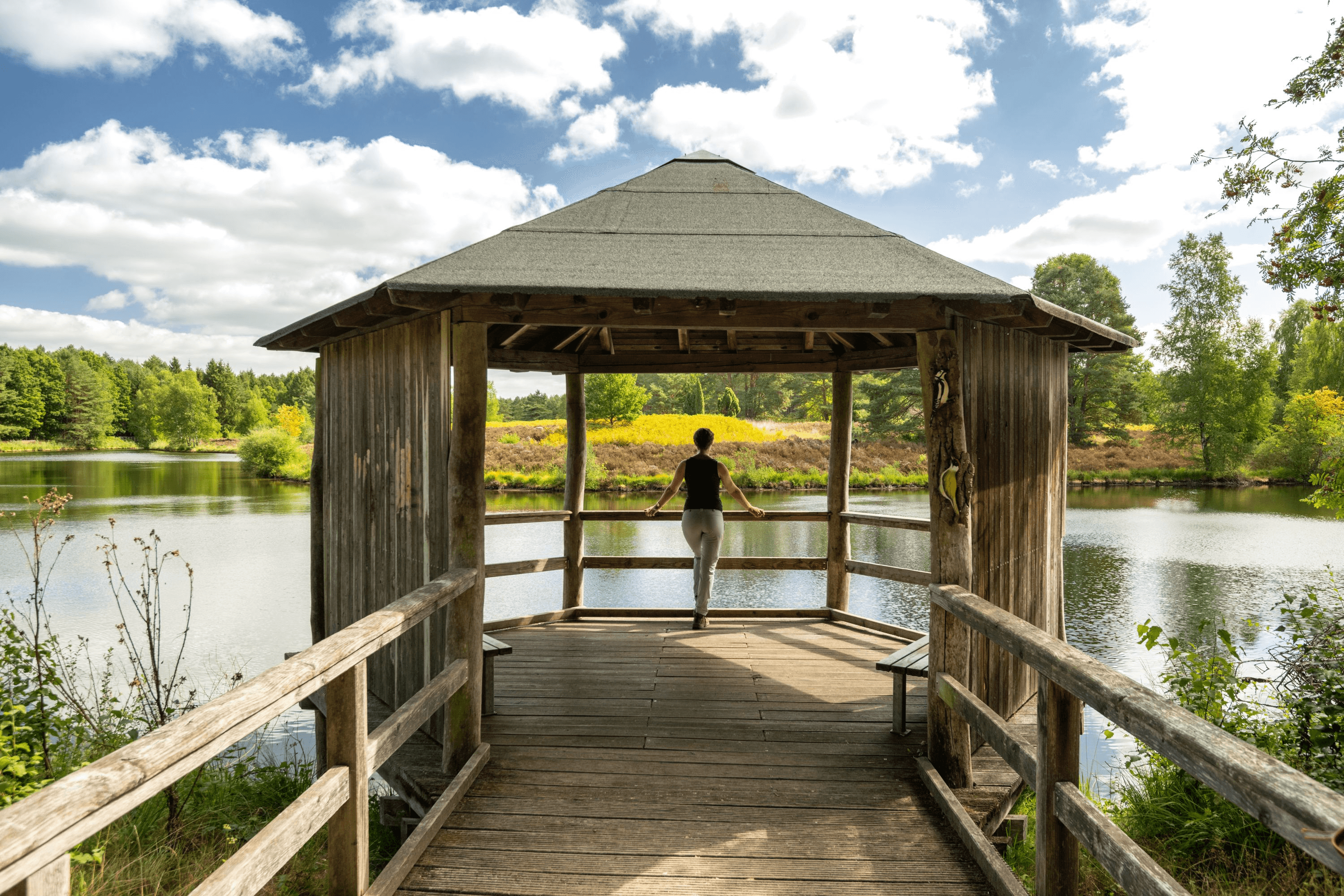
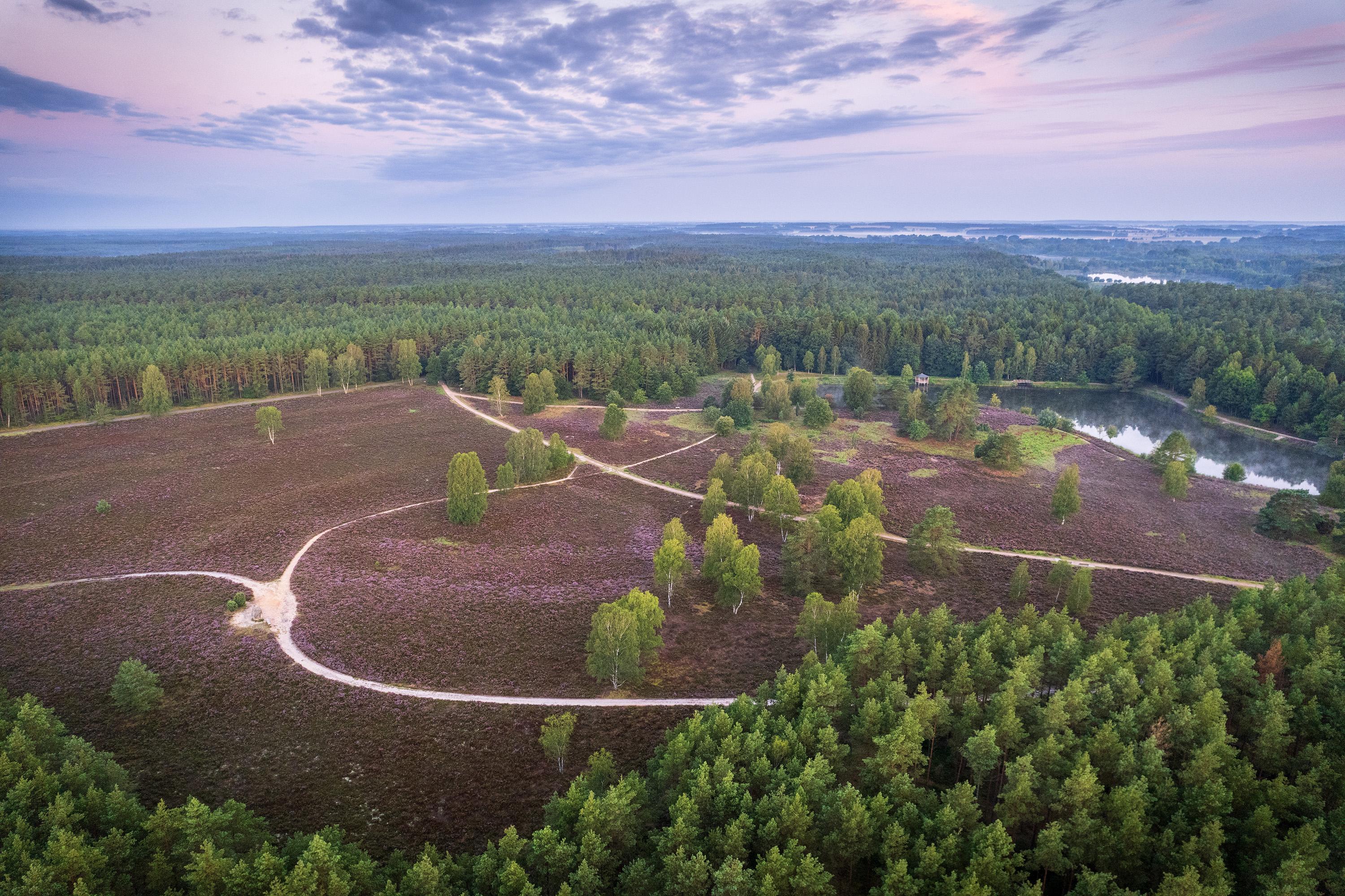

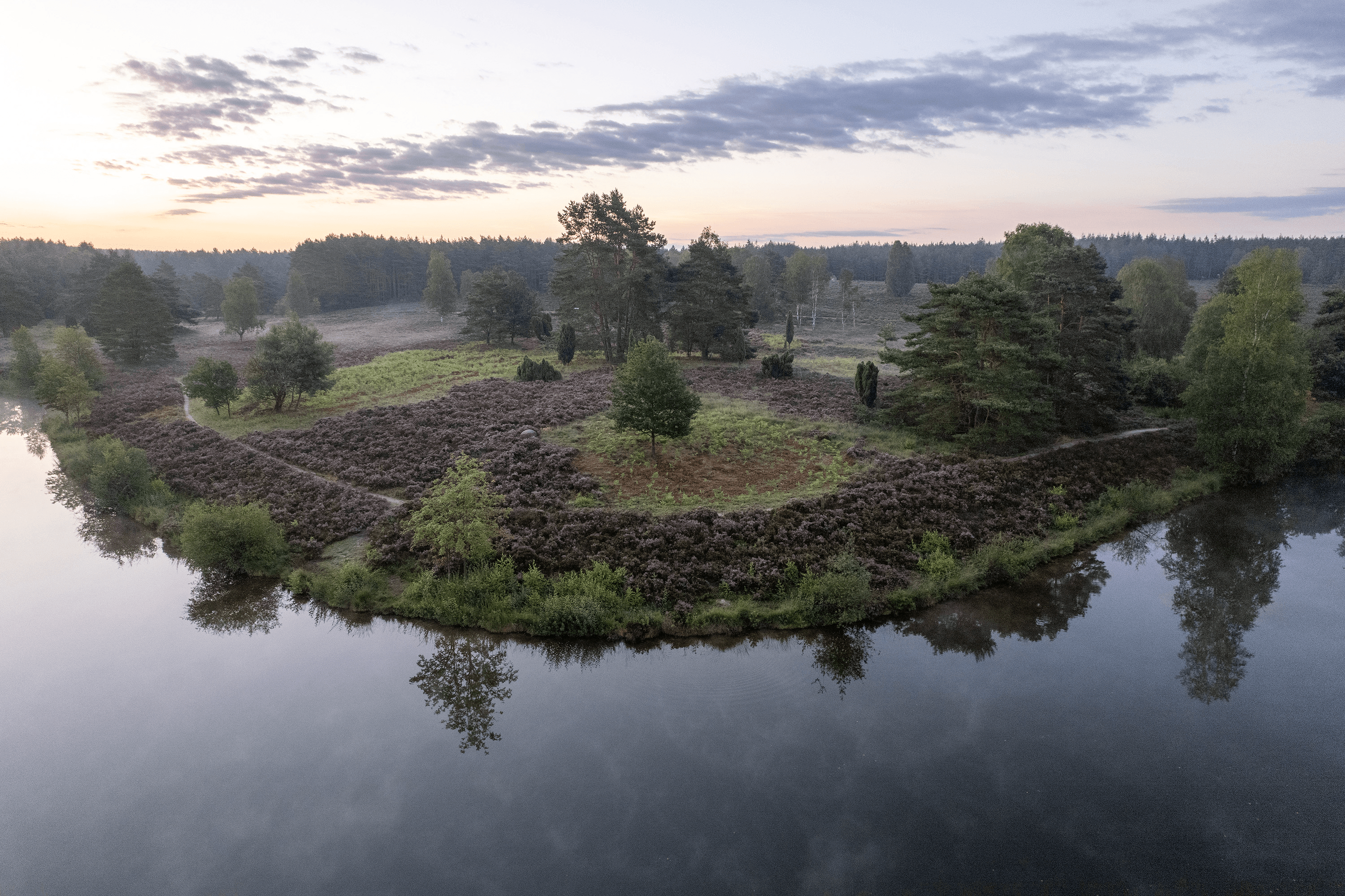
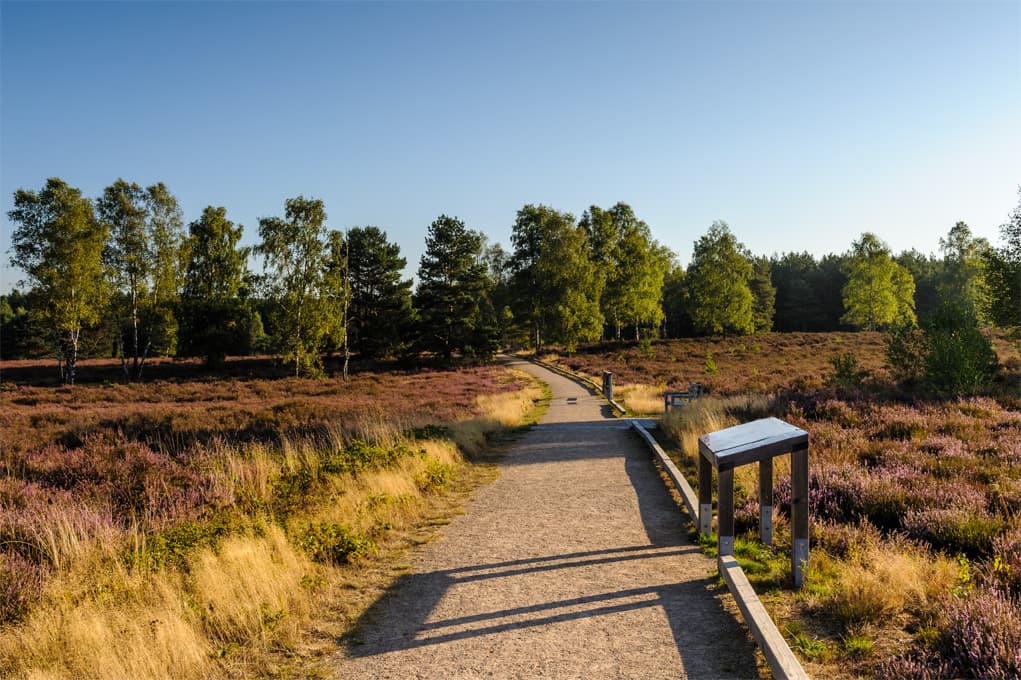
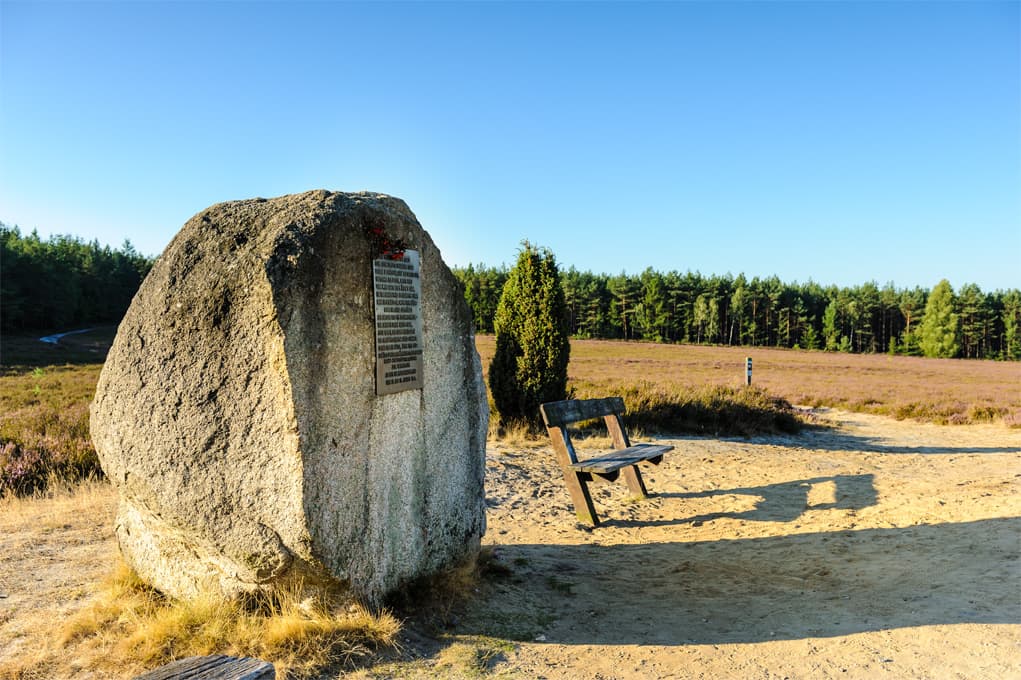
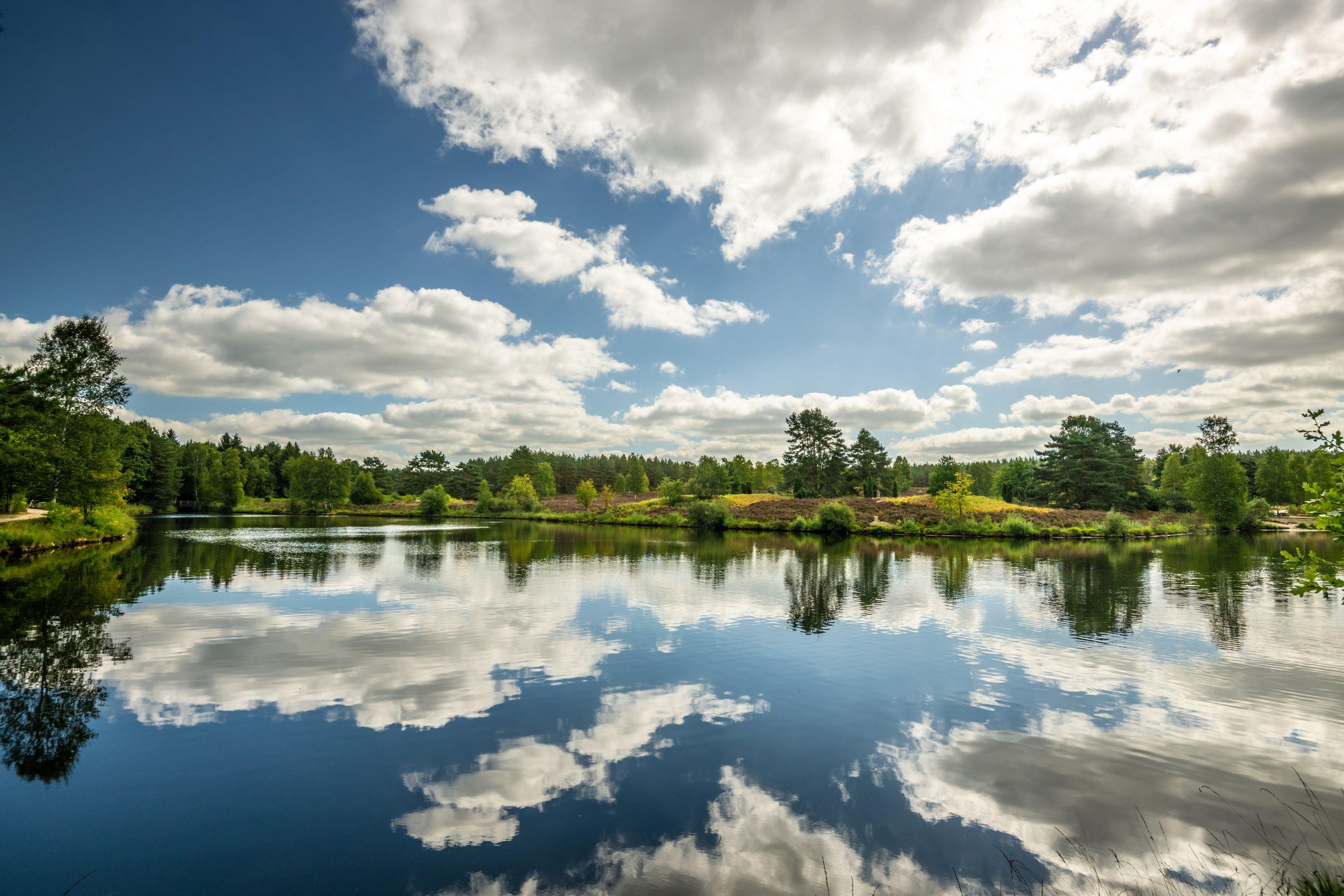
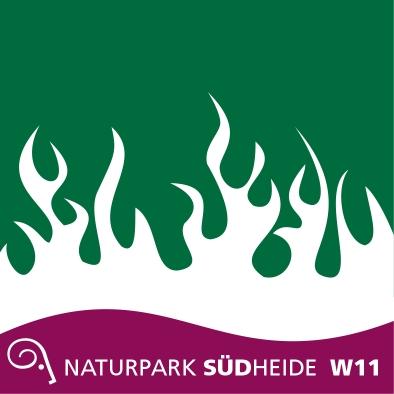
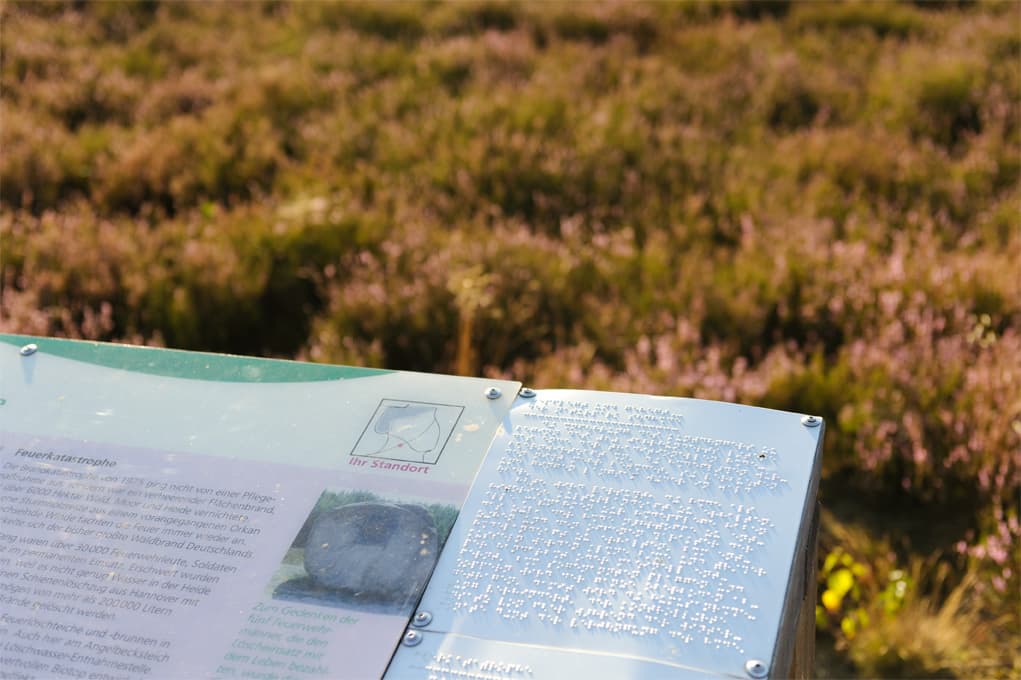
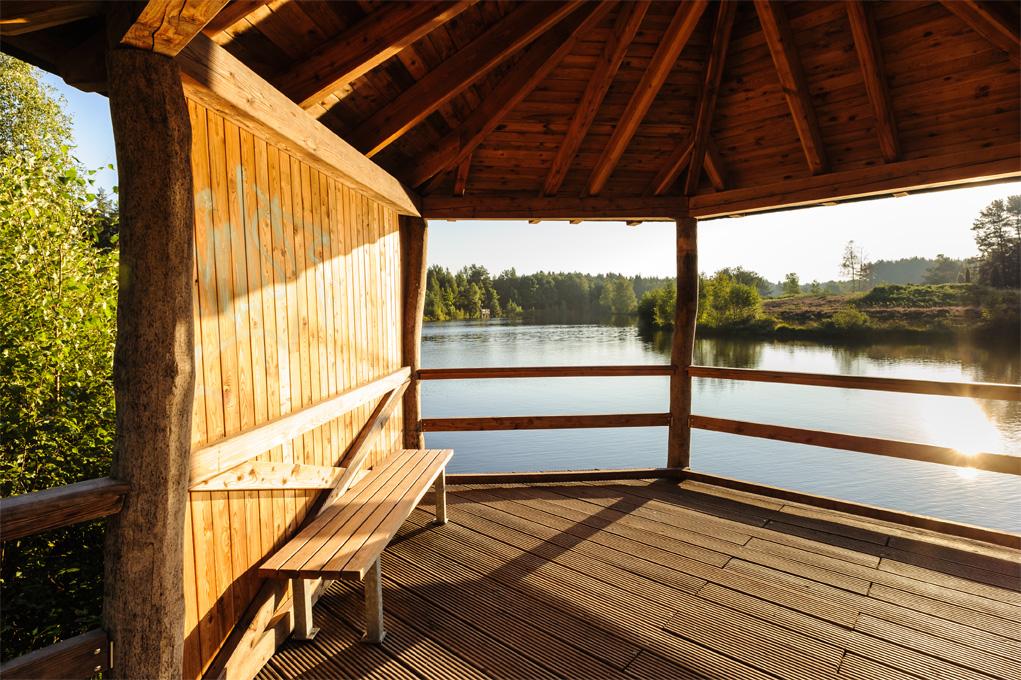
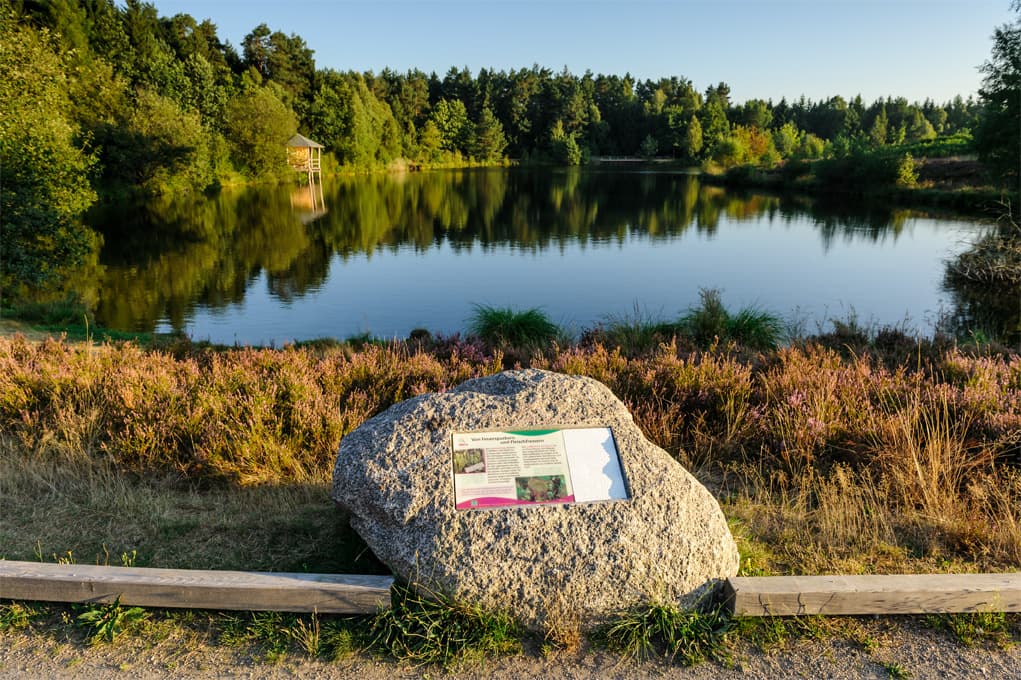
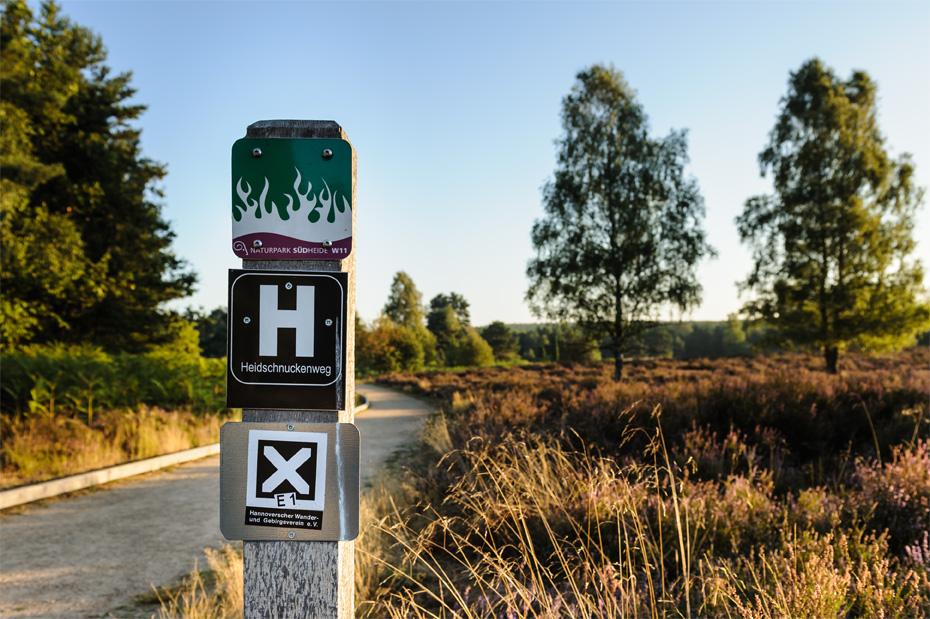
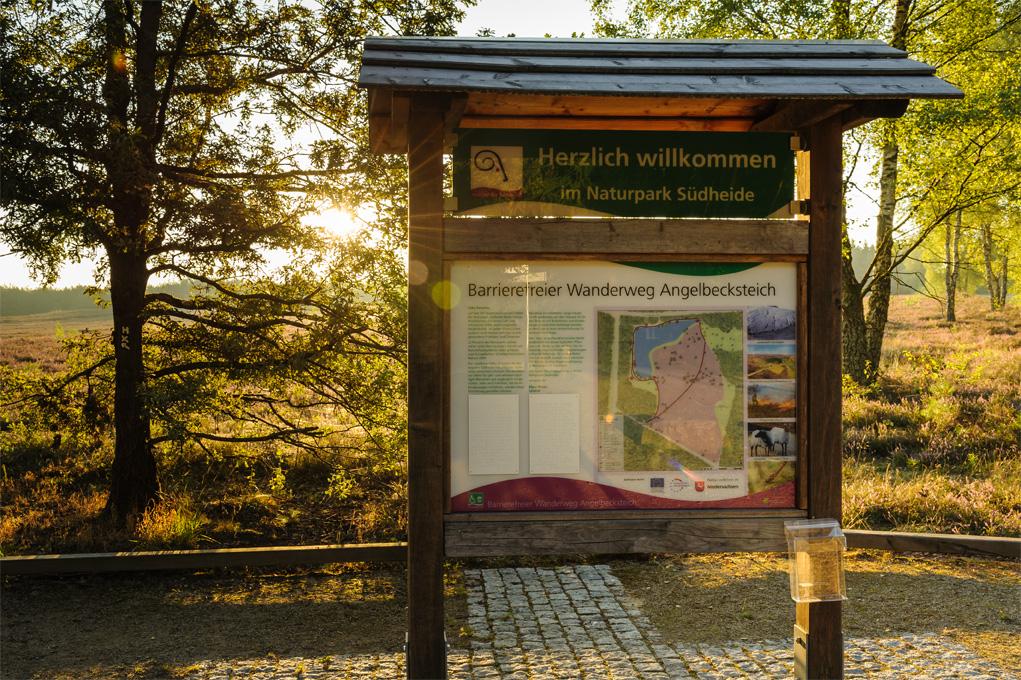
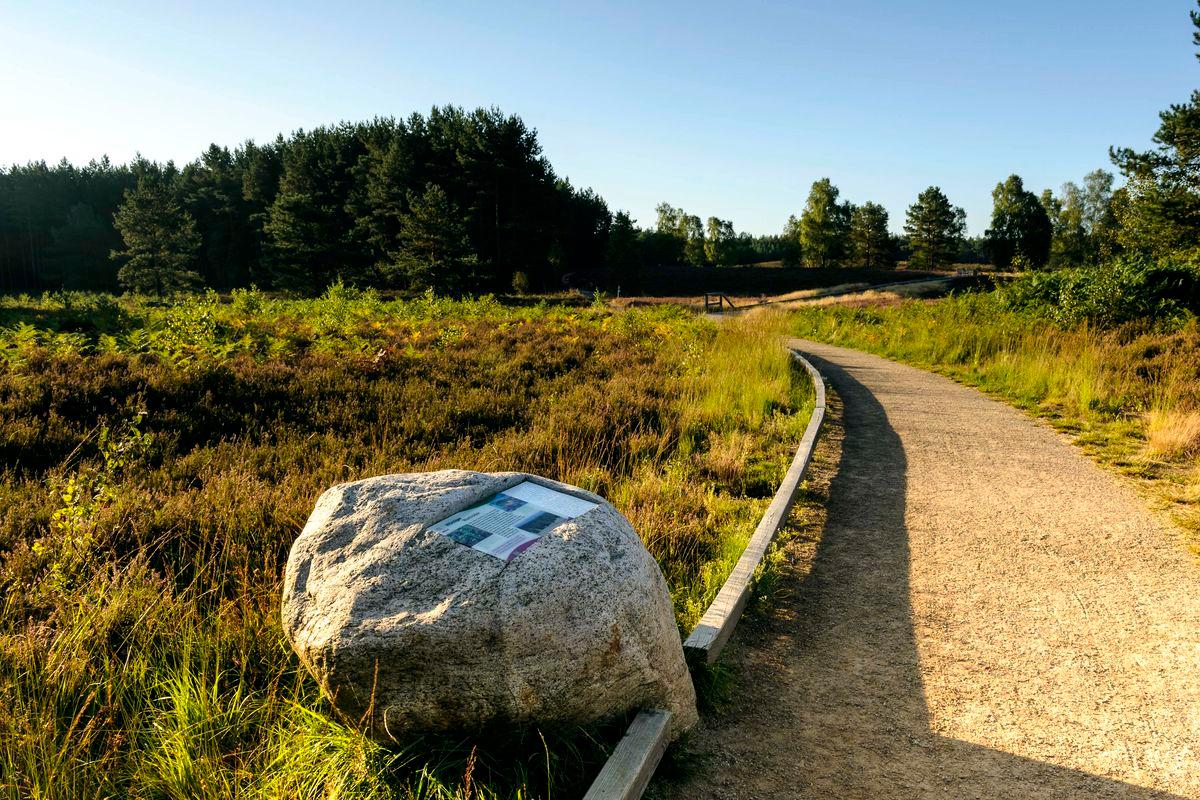
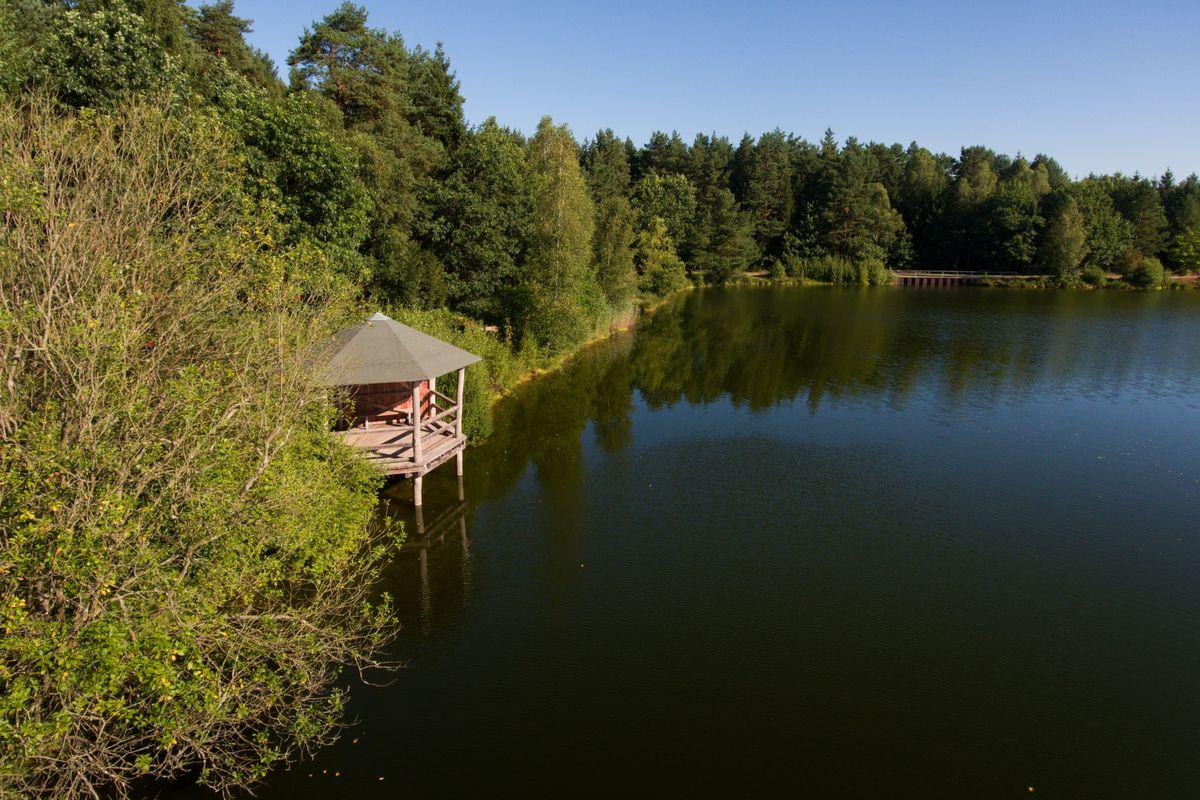
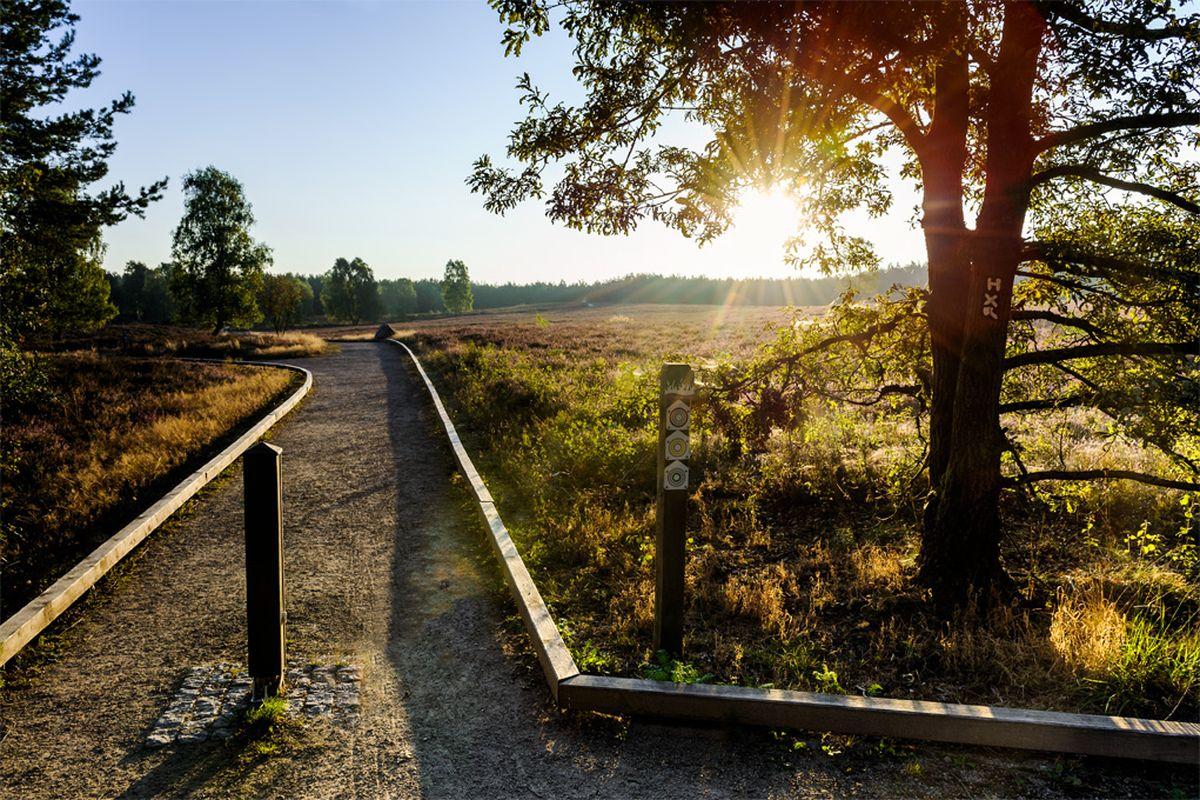
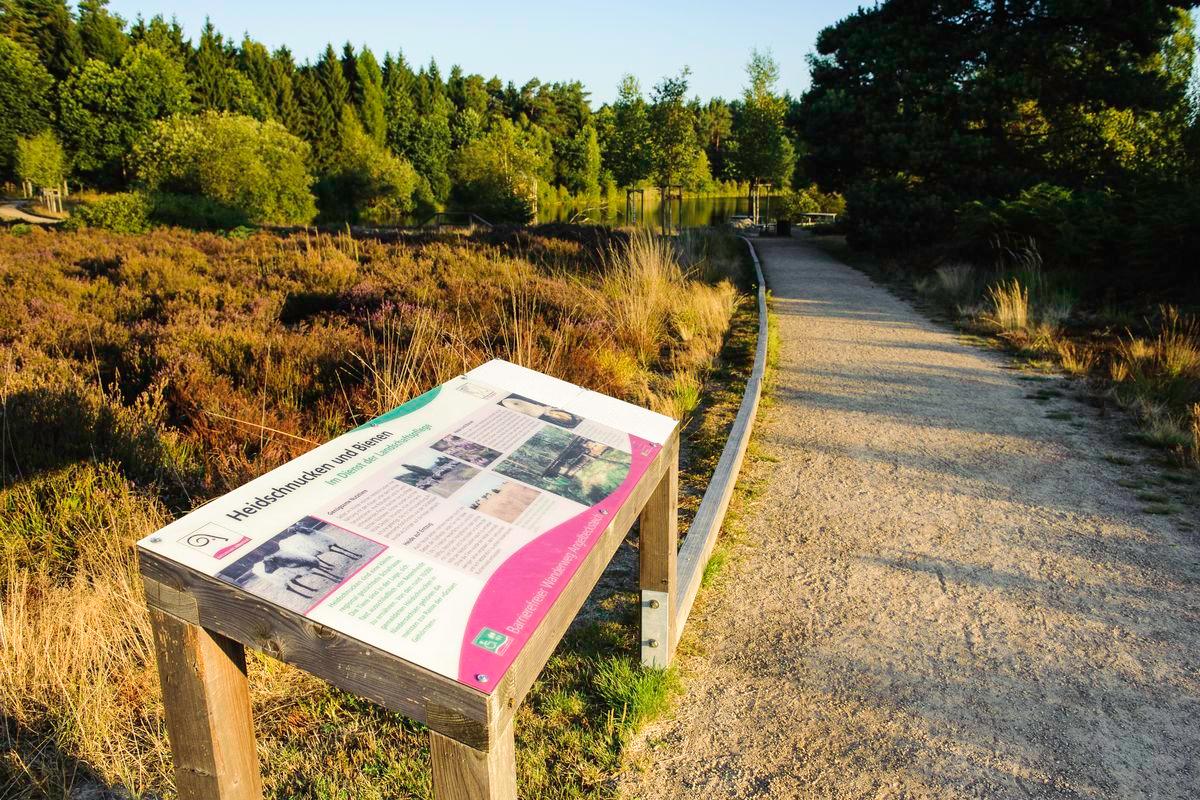
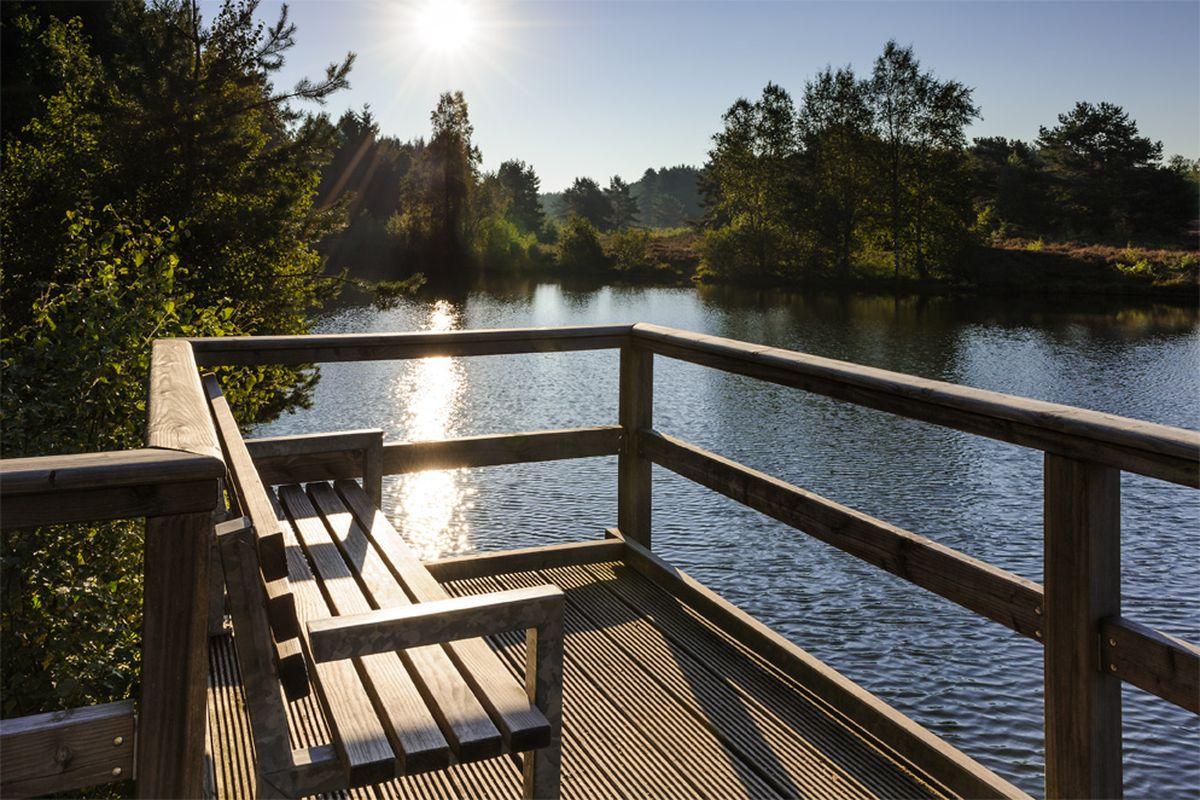
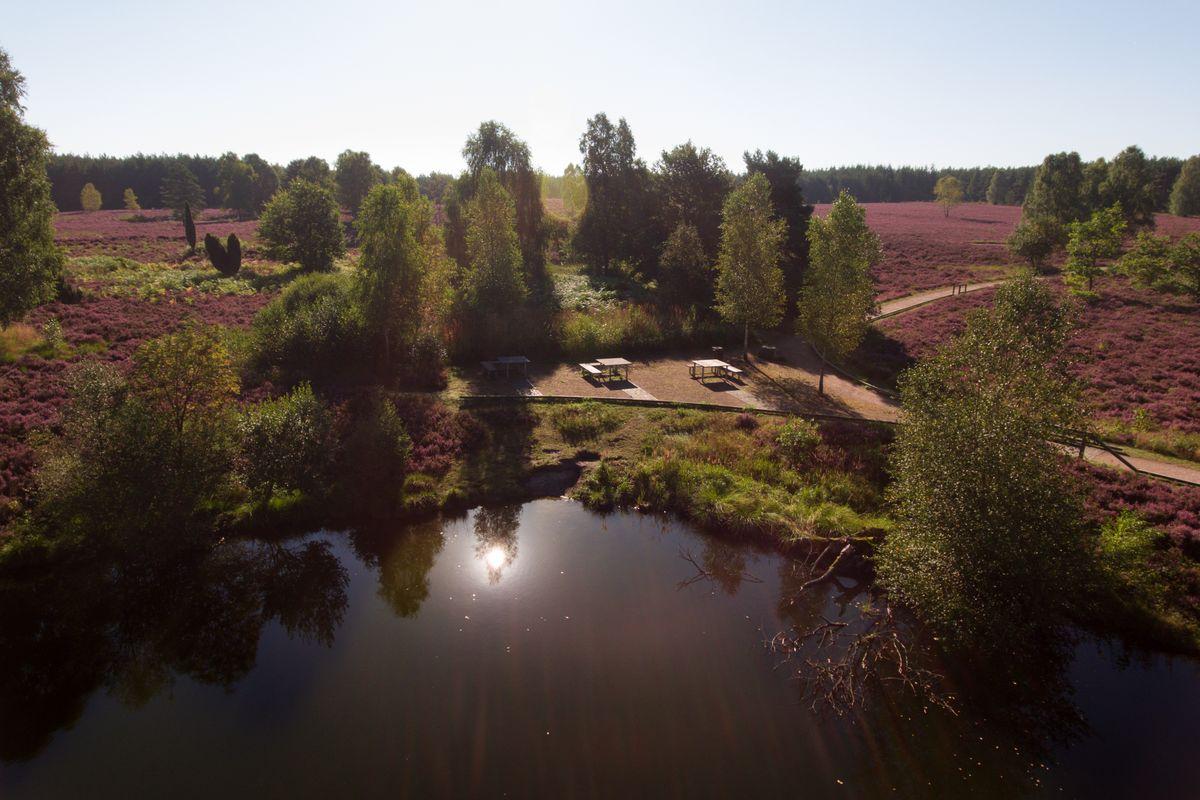
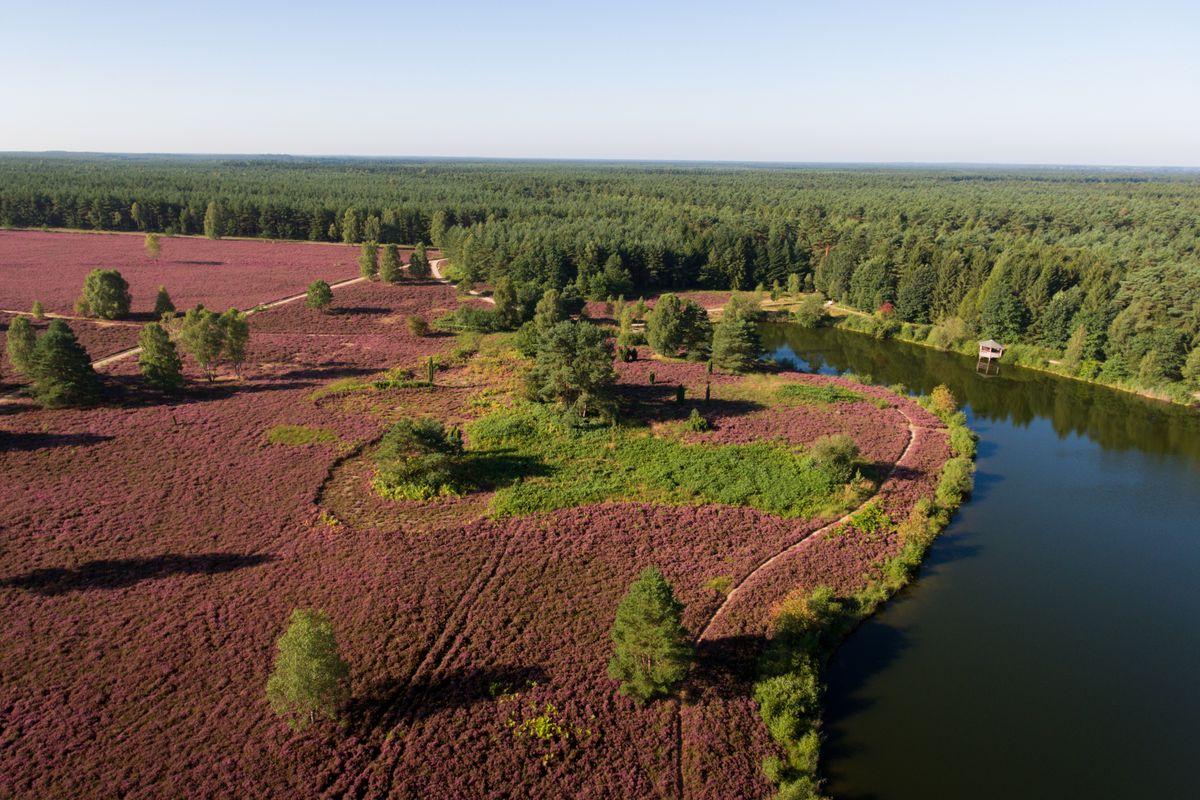
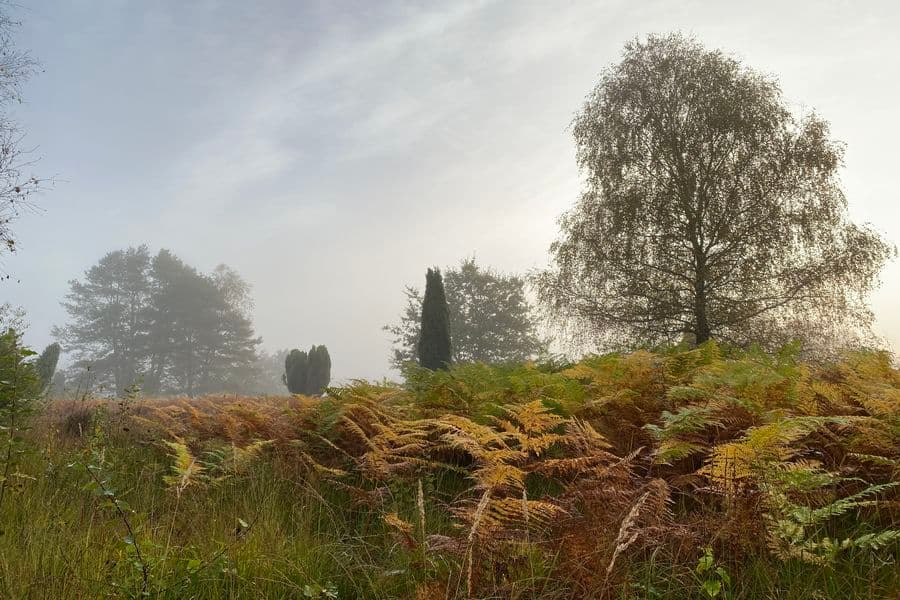
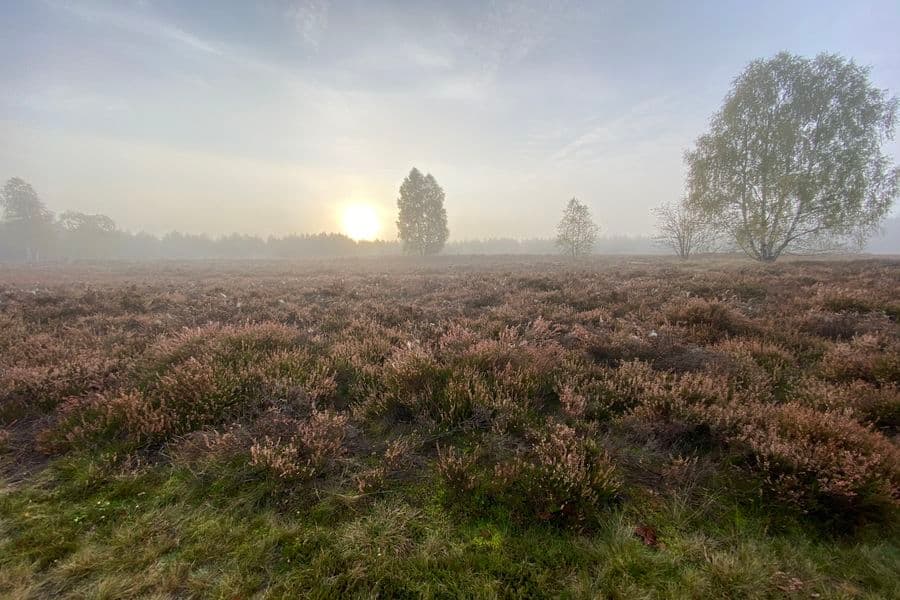
The Wildfire
How could this huge fire happen?
There were various reasons leading to the devastating fire disaster in the southern heath, which caused the deaths of several firefighters and devastated more than 7,000 hectares of forest. The summer of 1975 was very hot and dry. The region's coniferous forests had dried up and had a lot of deadwood from a hurricane in 1972. The dry resinous wood of the pines caught fire easily under these conditions. Exact causes of the fire could only be determined in a few cases. Negligent or deliberate torching and flying sparks from railway traffic were suspected.
It had a fatal effect that the sources of the fire were difficult to reach for firefighters via the unpaved forest and heath paths and that hardly any extinguishing water was available in the remote areas. The water had to be transported over long distances. In the area of railway tracks, for example between Eschede and Garßen, the Hannover railway fire brigade could be deployed with its fire-fighting train. Four tank cars and one flat car were available for this purpose. Each tank car had a capacity of 45,000 litres of water. The tank fire engine was transported on the flat wagon. Two of the tank cars were always filled with water. A diesel locomotive brought the empty wagons to Uelzen to refill them there. Three fire engines from France were also used as support to defend villages and farms against the fire. The airplanes scooped their water in the Steinhuder Meer.
All of Germany was in action
In order to prepare for future wildfire incidents, extinguishing water extraction points were set up at existing water bodies. In addition, extinguishing ponds such as the Angelbecksteich were newly constructed and numerous extinguishing water wells were built. This ensures that sufficient water is now available for fire-fighting vehicles if required.
Reforestation of wildfire areas
When reforesting the destroyed forests, more deciduous trees such as oaks and beeches should first be planted to replace the particularly fire-prone pine stands. However, as the humus in the soil had burnt up in many places during the forest fire, only the undemanding pine could be planted on the barren sandy soils.
For the edges of the forest, larch was often chosen to create fire protection strips. The larch loses its needles every winter. The needle litter prevents a denser growth of herbs and shrubs and thus hardly allows fire to develop. Fire protection strips on which the late flowering grape cherry from North America was planted have proved less effective. This shrub is now spreading rapidly coming from the firebreaks, displacing native species and making it difficult to rejuvenate the forests.
Heath areas have arisen
Some areas have not been reforested again, but developed into heath areas. Today they enrich the landscape as well as the picturesquely situated Angelbecksteich at the foot of an vast heath area in the nature park Südheide.
The most important facts of the tour in a short summary
- wide, partly hilly heathland areas
- picturesque lake, the Angelbecksteich
- Memorial stone to the wildfire disaster
- widespread forests

